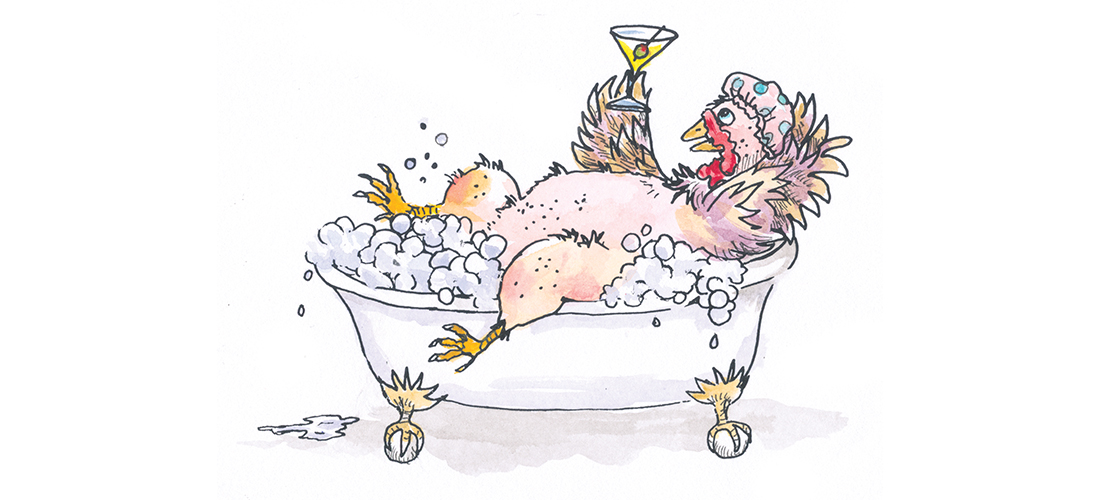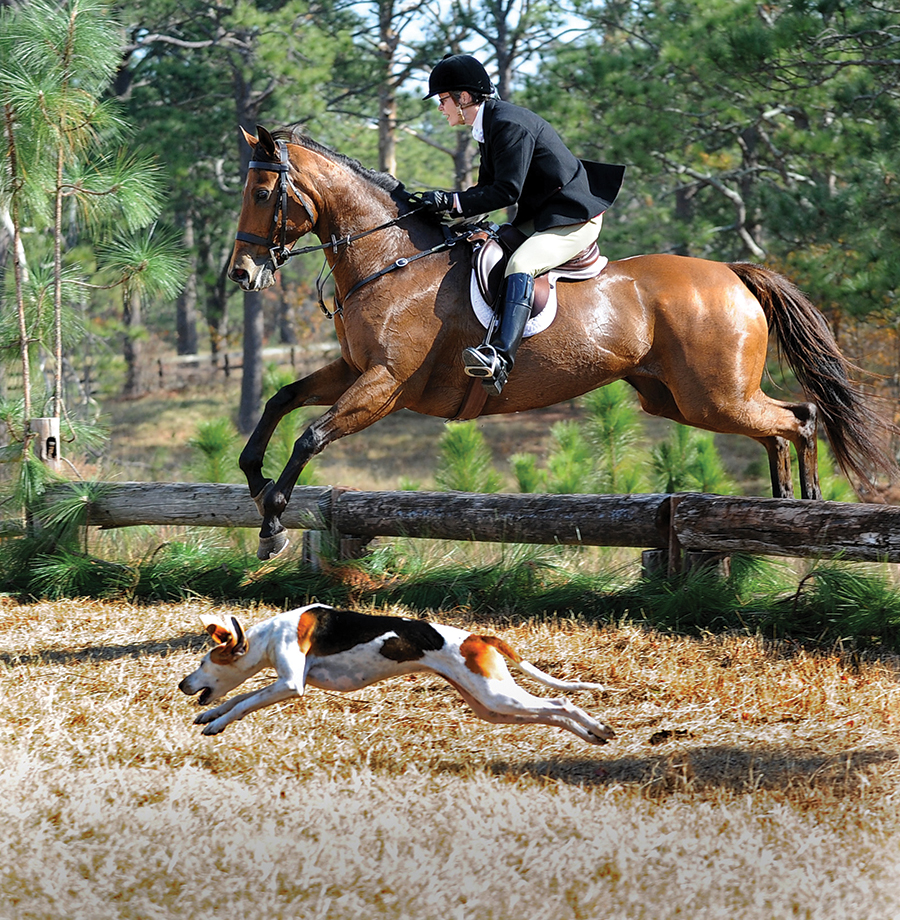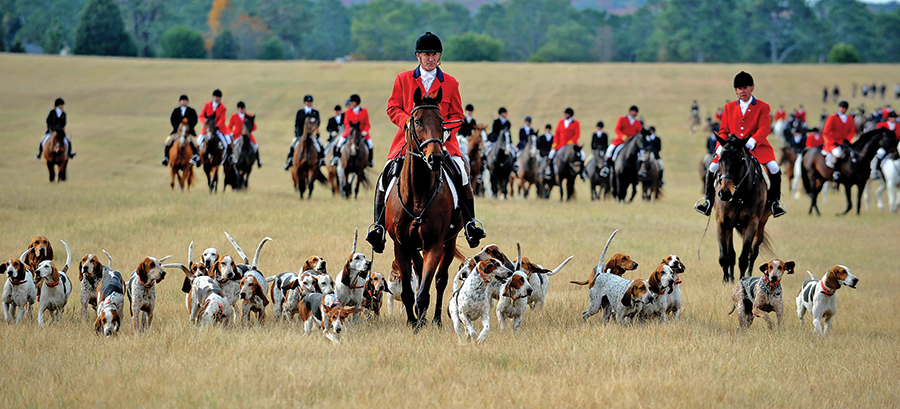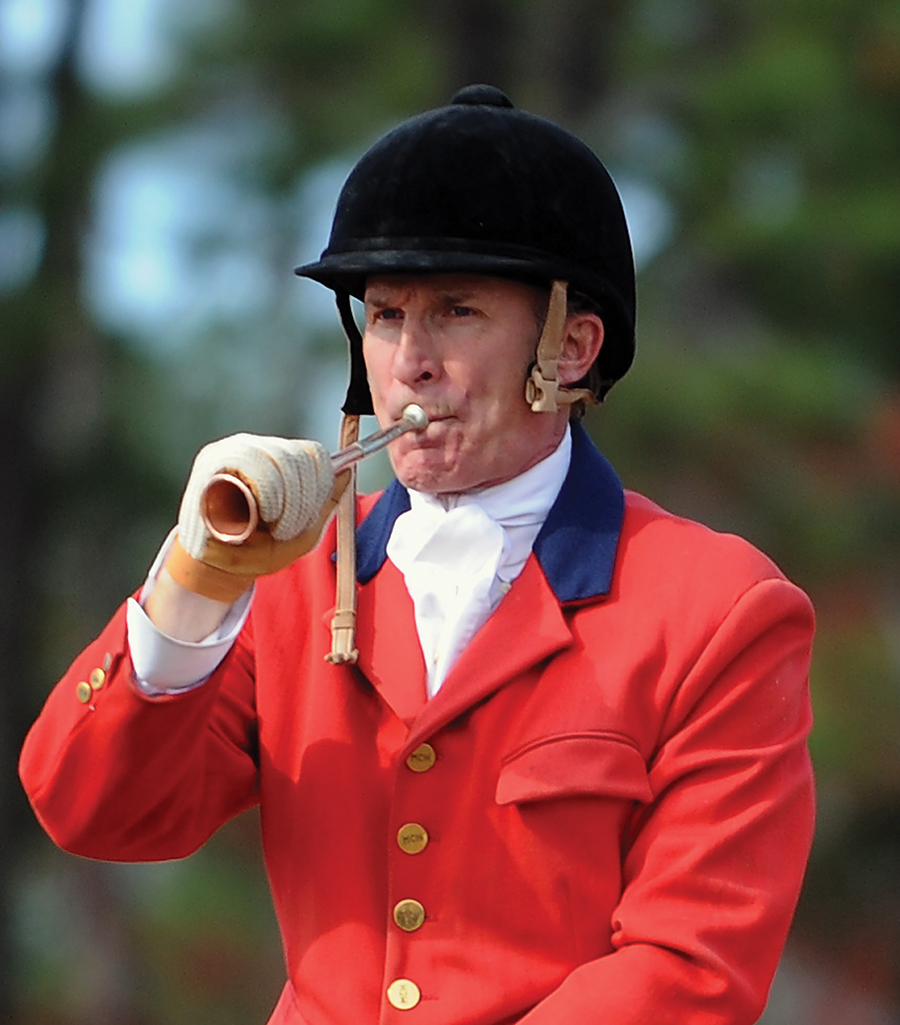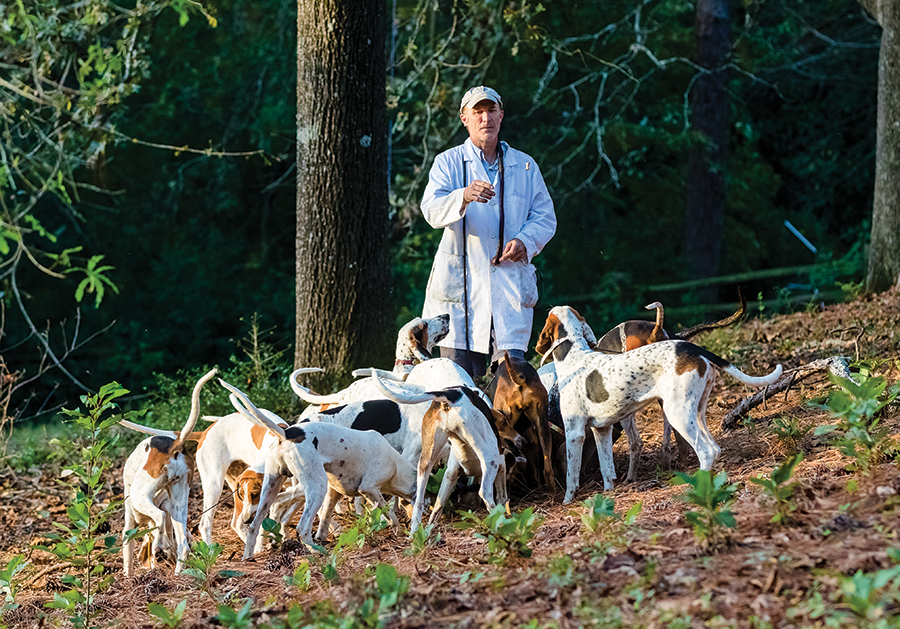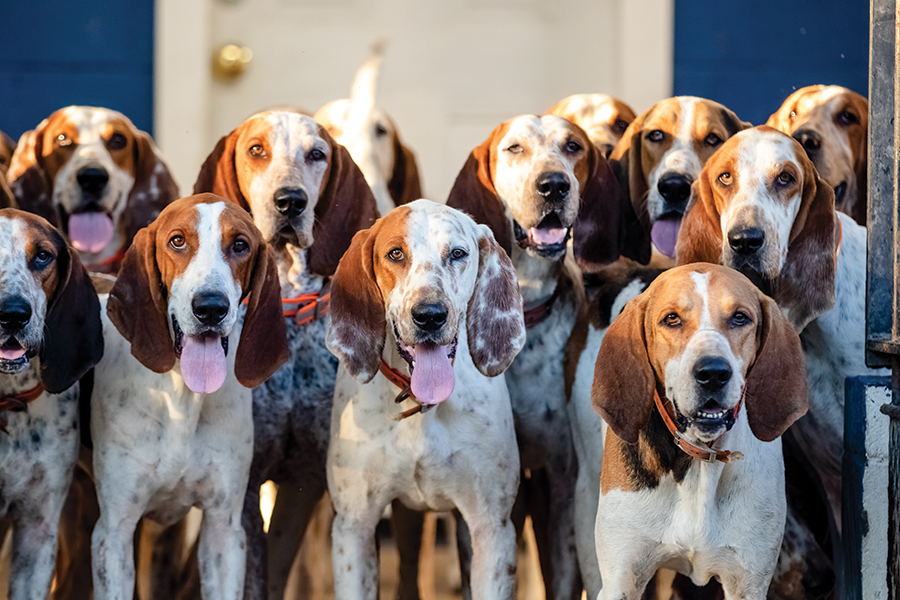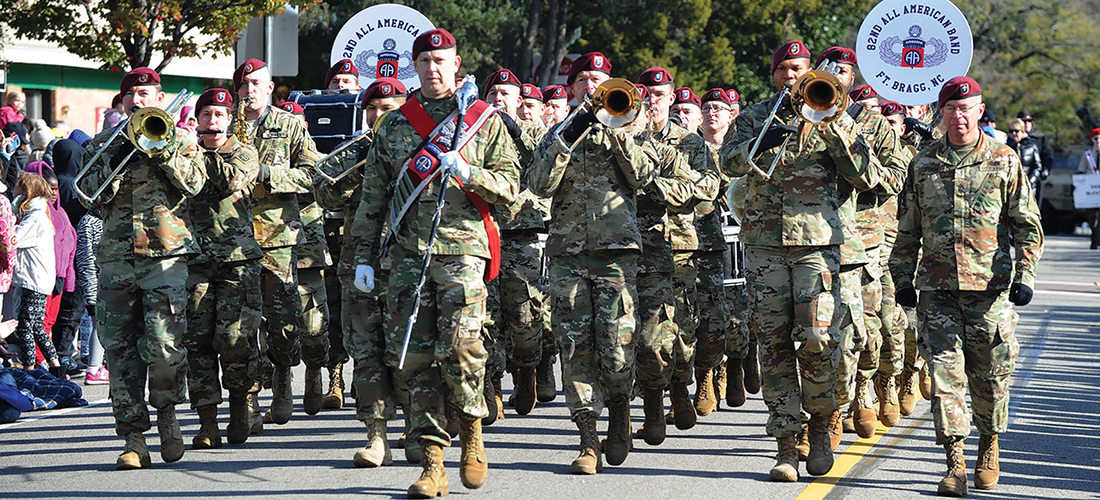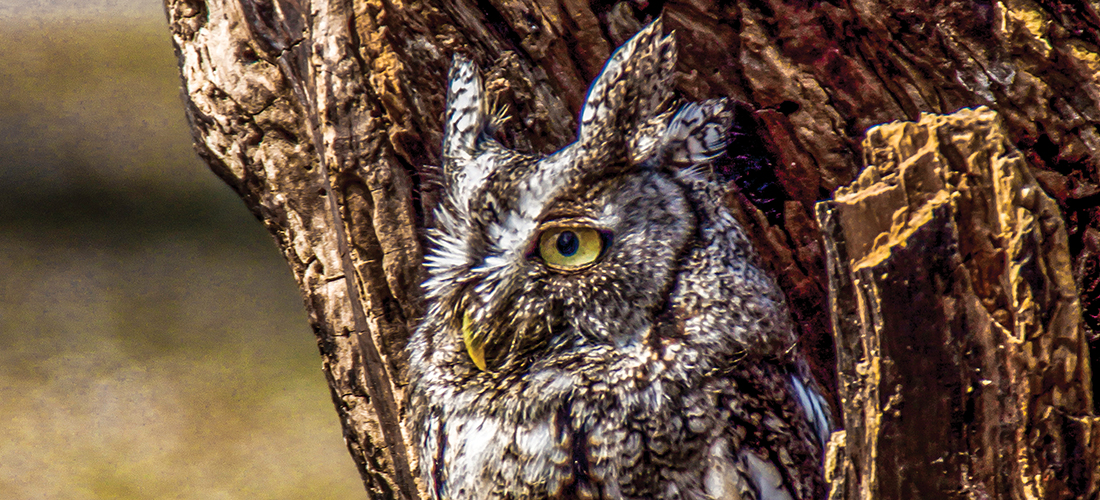Sugar Redux
Upping the dessert drink game
By Tony Cross
We’ve all been there. The server walks over to your table, dropping off dessert menus after you and your friends have finished stuffing your faces. As your eyes peruse the yummy treats, they scroll down to study the coffee and dessert drink menu. Sometimes these two are juxtaposed, and sometimes they are interlaced. How many times have you seen a Nutty Irishman made with Frangelico, Bailey’s and coffee, or an Irish Coffee with Jameson’s Irish Whiskey, whipped cream, green crème de menthe and coffee? Even worse, a Chocolatini with (probably) a vanilla-flavored vodka, and an ungodly amount of Godiva dark chocolate liqueur. Not a fan of the dark chocolate liqueur? Don’t worry, they’ve got you covered — there’s white chocolate and milk chocolate, too.
The problem is these drinks are tired. Just like the myriad ’tini menus that were everywhere at the turn of the 21st century, dessert drinks needed a face-lift. Before I got my turn behind the stick, I was a server. And I delivered a ton of these badly concocted sugar rushes to more guests than I can ever remember. Almost every delivery had the exact same result: As soon as they saw me coming with that oversized martini glass filled with 8 ounces of corn syrup, their faces would light up, and a cacophony of “ahhhs!” would fill the dining room, causing surrounding tables to smile and nod their heads as if they should order one next. One time, at the advice of a friend, I fell victim to the sugary trap. I splurged, had two chocolate drinks, and felt terrible. I found out the next day that I almost gave myself diabetes.
Let’s fast-forward 15 years. Here are a few cocktails that I feel have been part of a revival when it comes to dessert cocktails.
A few years back, I was invited to a pop-up dinner. An extremely talented chef asked if I would like to do cocktail pairings with her four-course menu. We were going to serve around 30 local business owners. Everyone invited knew each other well, or were at least acquaintances. About two weeks before the event, the chef dropped over to my place to give me her menu. Everything looked fantastic. Immediately, I had ideas for the first three courses, but was at a loss for what to pair with her dessert. She was going to make a chocolate pot de crème, with homemade vanilla ice cream. Off the top of my head, I can’t remember the cream sauce that she garnished it with; all I know is that it was light, and the ingredients were sourced locally. Easy enough, right? I spent a couple of days going over in my head what to do. I had just about settled on a complicated chocolate-infused mezcal, with yogurt and strawberries. And then it hit me — keep it simple, stupid. I remembered watching a video clip on YouTube of one of my heroes, Jeffrey Morganthaler, explaining his Gin Alexander cocktail. Equal parts London Dry Gin, crème de cacao and heavy cream. I once featured it in a drink special and received accolades from our guests. One quick side note: This drink is a spin on the Brandy Alexander. If you’ve ever received a poorly made one, you’ll never forget it, i.e., huge martini glass with store-bought vanilla ice cream, cheap brandy, and very bad crème de cacao. Gross. Anyway, I riffed on Morganthaler’s recipe and came up with the Garam Alexander. Staying true to the original recipe, the only major change was substituting equal parts of Flor de Cana 7 Year rum and a delicious local gin out of Winson-Salem, Sutler’s Spirit Co. (a less juniper-forward gin with a heavier emphasis on citrus, cardamom and other botanicals). The cocktail was served up in a small, chilled coupe and garnished with a dusting of 100 percent organic cacao powder and garam masala. I remember watching an episode of Chopped, and the guy who played Christopher on the The Sopranos won the event because of his dessert dish — he dusted curry over his vanilla ice cream. Who knew?
Garam Alexander
1/2 ounce Sutler’s Spirit Co. gin
1/2 ounce Flor de Cana 7 Year
1 ounce Tempus Fugit Spirits Crème de Cacao
1 ounce organic heavy cream
Combine all ingredients in a shaking vessel, add ice, and shake hard for 10 seconds. Strain into a chilled coupe glass. Garnish with a pinch of masala mix evenly across the cocktail. (Masala mix: equal parts cacao and garam masala.)
Not too long ago, I was visiting a couple that’s very dear to me. (Not because every time I’m invited over I get to try rare rums and mezcal, but it never hurts.) While I was at Bo and Suze’s downstairs “Bo Zone” bar, Bo decided to cap the night off with a quick and easy recipe he found online. He whipped up three cocktails, strained them in vintage glass coupes, and smacked a handful of mint that he placed on top for a garnish. I was talking to Suze while Bo was creating and didn’t get a chance to see the ingredients. One sip, and I was hooked. “This is the Noisy Cricket,” Bo informed me. The cocktail came from bartender Jim Romdall, who worked at Vessel, a bar in Seattle. The order Romdall received was for a Fernet Grasshopper, but he substituted Fernet Branca Menta, a less bitter, more minty little brother, for the regular Fernet. The result is superb: The balance between sweet and bitter is right on the mark. You’ll notice that the Noisy Cricket and the Garam Alexander cocktails both use Tempus Fugit Spirits’ Crème de Cacao à la Vanille — this is the real deal when it comes to a quality cacao liqueur. It’s made with Venezuelan cacao and Mexican vanilla beans; there is nothing artificial inside this bottle.
The Noisy Cricket (Jim Romdall, Vessel, Seattle)
1 1/2 ounces Fernet Branca Menta
3/4 ounce Tempus Fugit Crème de Cacao
3/4 ounce cream
Combine all ingredients in a cocktail shaker with ice and shake like hell until properly diluted. Strain into a chilled glass, and garnish with fresh mint. PS
Tony Cross is a bartender who runs cocktail catering company Reverie Cocktails in Southern Pines.


